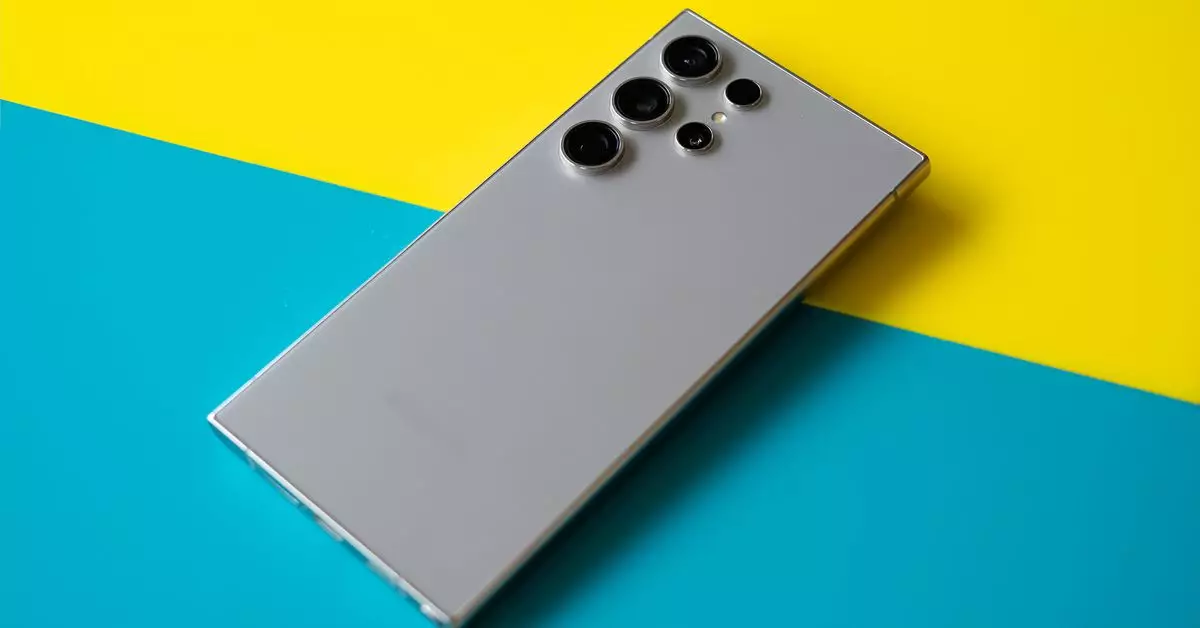High Dynamic Range (HDR) technology has quickly taken center stage in mobile photography and videography, enhancing visual quality by providing a broader spectrum of colors and luminance. While HDR can vividly showcase the capabilities of a smartphone’s display, it can also become overwhelming, especially in low-light environments. Automatic HDR settings on various social media platforms can sometimes lead to experiences that detract from usability, causing frustrations among users who prefer a more controlled viewing experience.
In response to growing concerns about the impact of HDR content, Samsung has taken a proactive step with its upcoming One UI 7 update. This beta version introduces a much-requested feature—a system-wide toggle that allows Galaxy smartphone users to disable HDR content. The “Super HDR” option, as reported by 9to5Google, offers users greater control over how HDR content is displayed on their devices. Despite the somewhat ambiguous phrasing in Samsung’s feature description, which suggests a broader application of HDR capabilities, the practical outcome offers a much-needed reprieve from overly bright highlights and garish contrasts.
Whereas HDR content can be thrilling in theory, its execution can often lead to eye strain, particularly during evening use when screen brightness can become excessively harsh. By providing a means to manage this setting, Samsung is putting user comfort at the forefront of its design. This feature addresses a common complaint, showing that the company is not just innovating for the sake of novelty but is attuned to the nuances of the user experience.
On the flip side, Apple’s current stance regarding HDR management leaves much to be desired. While iPhone users can enable low power mode to disable HDR to a degree, this action invokes a host of other performance-related changes that might not align with every user’s needs. This approach feels more like a workaround rather than a comprehensive solution. Moreover, while Instagram offers some capability to limit HDR exposure, it lacks an overarching system toggle that Samsung is now providing, which could enhance user satisfaction.
This inherent gap between the two ecosystem giants highlights an opportunity for Apple to consider user feedback and possibly introduce a similar feature in future updates. As HDR becomes increasingly prevalent, the ability to manage it effectively could enhance the overall user experience.
The introduction of the Super HDR toggle represents a broader trend in technology toward user-centric design. As devices become more powerful and capable of HDR displays, it becomes integral for manufacturers to provide options that prevent users from feeling overwhelmed by technological advancements. This balance between innovation and user comfort is a key factor in maintaining consumer satisfaction within a competitive industry.
Samsung’s approach to addressing HDR content management is not just a technical improvement; it is a significant stride toward improving the everyday experience of its users. The capacity to mitigate the challenges posed by excessive HDR highlights exemplifies how thoughtful design can create devices that cater to users’ needs in practical ways. As other manufacturers take note, perhaps we will witness a shift towards more accommodating features across the mobile landscape.

